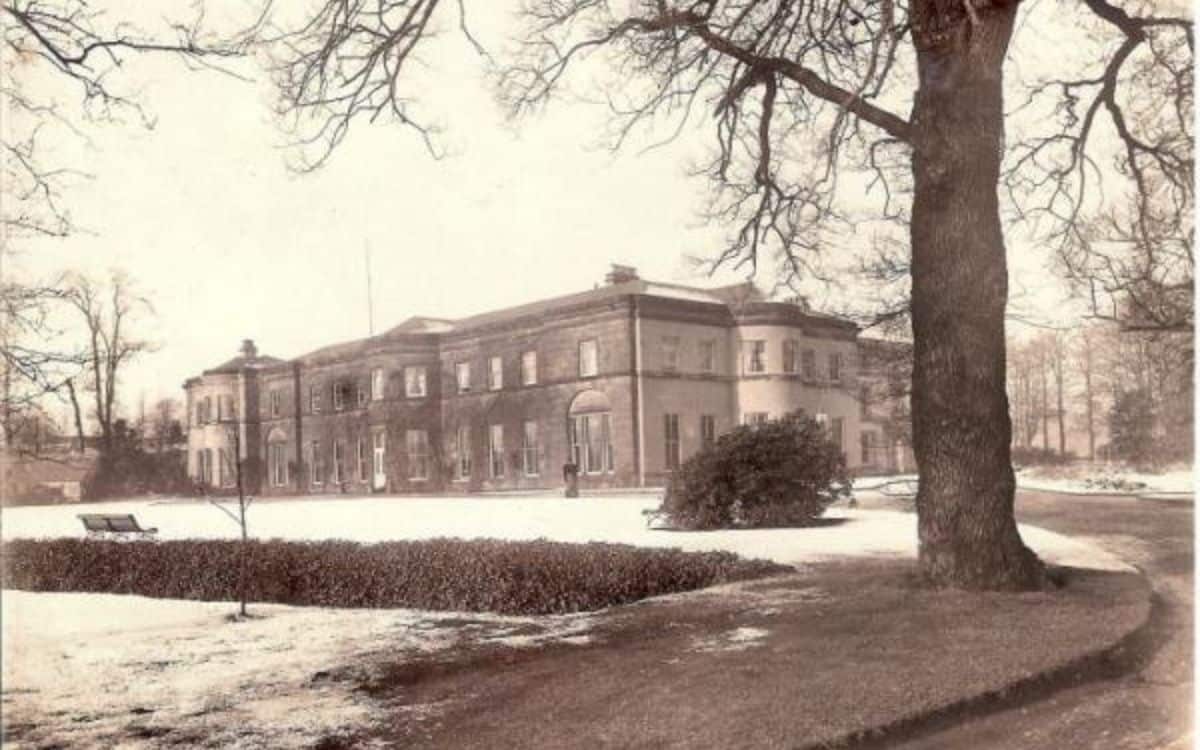Haydock Lodge Asylum’s dark history of neglect and cruelty lingers in eerie experiences at the modern-day Holiday Inn built on its grounds in Haydock, Lancashire, writes RACHAEL ELIZABETH
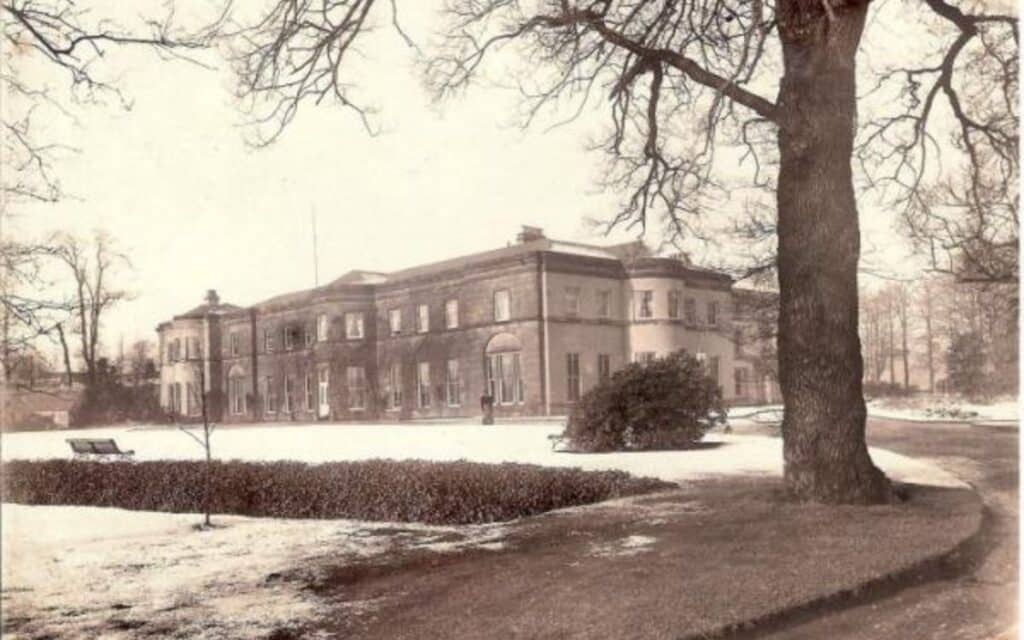
There are many common horror tropes explored within TV shows, films and books, one such trope is someone seeing a person in their room, then later realising they are actually home alone – yet one such incident happened in real life and it happened at the Holiday Inn Hotel in Haydock, Lancashire.
While researching the history of the hotel, I connected with a lovely lady via Facebook who used to work on the same grounds as the Holiday Inn back in the 1960s when it was a nursing home.
She stayed connected with the grounds as it transitioned and she recalled the story of a man who complained to the staff about the woman he kept seeing in his room one night – you could presume it was the cleaner, but that night only two-night staff were on duty, and neither of them was female.
Hidden by The Beauty of Nature
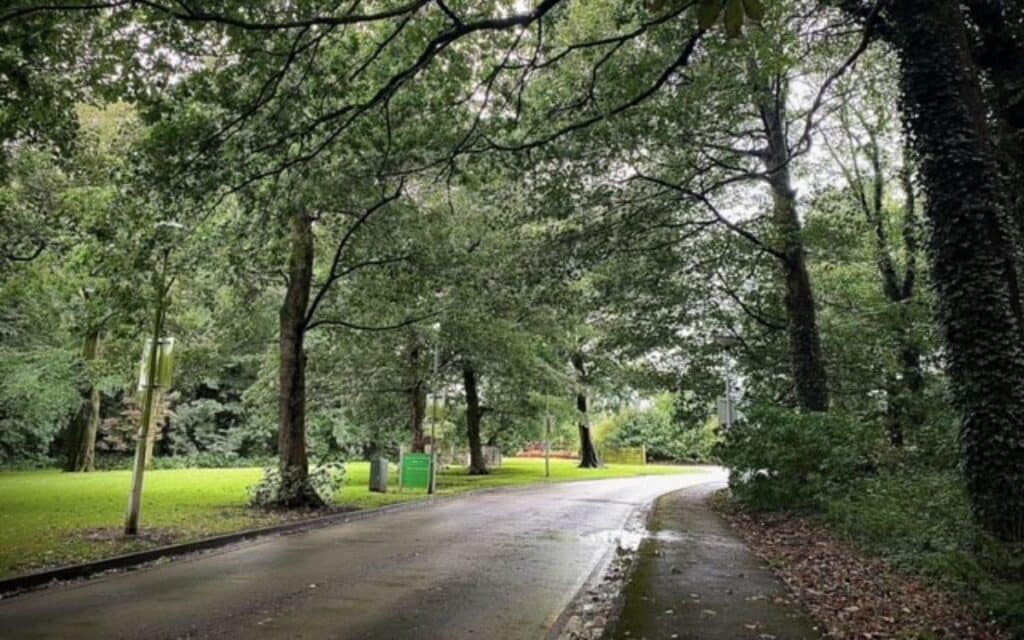
In 1844, an impressive mansion house owned by the Legh family of Lyme was purchased and converted into a lunatic asylum. The asylum was known as Haydock Lodge Asylum, and much like the hotel that stands in its place now, it stood on a beautiful, private piece of land surrounded by peaceful woodland.
Any arriving patient or family member on their way to visit a patient would likely have been put at ease by the impressive building and surroundings, however, the horrors that took place behind the impressive stone walls were a stark contrast to the picturesque veneer.
One man, named as the manager at the time, was Mr Charles Mott. Mott had a career for many years within the Poor Law Commission, but his career had been described as “controversial”. It is documented that Charles Mott tried to get his wife, (whom he left after she found out he had a mistress and secret child), committed to his own asylum.
There is also a record of a report made by Mr Mott when he was sent to investigate claims of a man who, whilst employed at a Suffolk workhouse, had resorted to eating potato skins due to starvation. Mott reported – “[he] ate potato peelings not because he was underfed, which he wasn’t, but because he was an idiot”.
Haydock Lodge Asylum Exposed
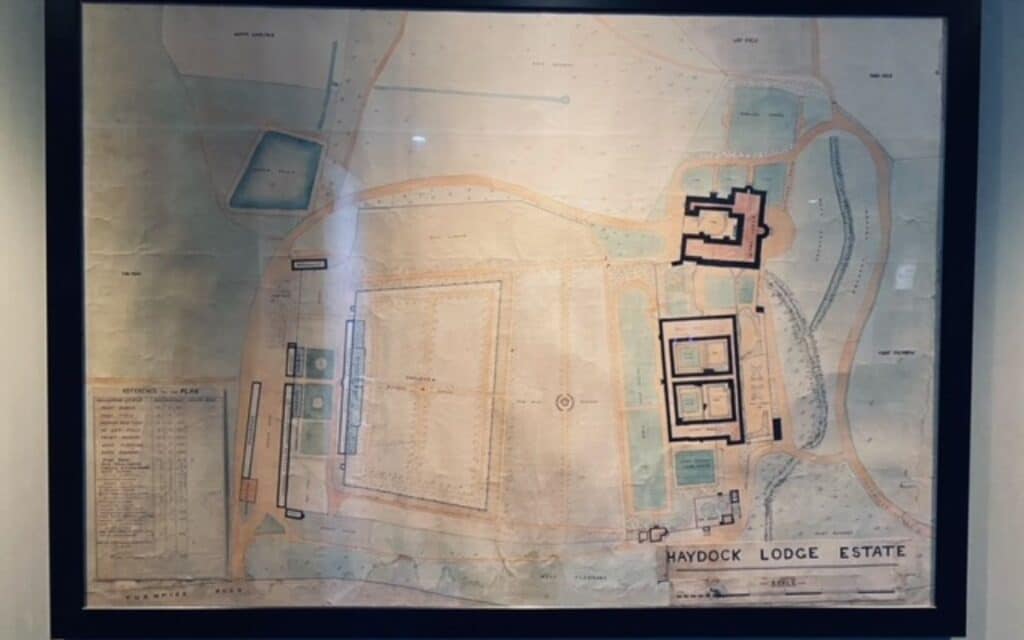
On 24th February 1846, the Lunacy Commission received letters from Dr Owen Owen Roberts after he had collected Reverend Evan Richards, who was committed to the asylum in May of 1844, on the grounds of neglect and cruelty. It was recorded that the Reverend’s body was “covered by bruises, scars and discolourations. That one [sic] of his toes was severely crushed. That one of his ears was as if it had all been pulled off, and that his clothes were filthy and disgusting in the extreme”
If the treatment of the Reverend wasn’t bad enough, the death rate at the asylum was pretty horrifying – in 1845, 112 patients died whilst at Haydock Lodge Asylum. According to the records at the National Archives, 21 pauper patients died within their first month of being at the asylum, whilst 46 died within the first six months and a further 34 during their first year. The causes of death were recorded as follows – “18 by exhaustion, 20 from diarrhoea, 13 from general debility, 12 from epilepsy and 17 of apoplexy”.
It was also said that the drains were severely blocked which attracted rats and the female ‘privies’ were “full of excrement” with no appropriate ventilation; and at one time five deceased patients were left in the asylum morgue, one of which none of the staff could identify.
Another report of cruelty was forwarded to a poor law commissioner in November of 1845 by Dr Hume. Dr Hume was the house surgeon of Lincoln Asylum and when he visited a patient of his who was transferred to Haydock Lodge Asylum, he found him “with his face so black and disfigured with bruises, that he could hardly recognise him”. It is also recorded that he reported “patients dying of diarrhoea in a room used as a sitting room”.
Once the scandal was made public, it is still believed that the entire truth was not fully documented. In 1851, Haydock Lodge Asylum closed, but re-opened on 26 January 1852 but only for private patients, yet the paupers began to return in 1854. Haydock Lodge Asylum was then taken over by John Wooton in 1981, and although the records refer to Haydock Lodge as a ‘nursing home’ during this time, rumours still circulated that the patients were still being mistreated by Dr Wooton and his second wife.
In 1970, after the death of Dr John Wooton, Haydock Lodge Asylum/Nursing Home permanently closed and the building was eventually demolished.
The Ghost of Haydock Lodge
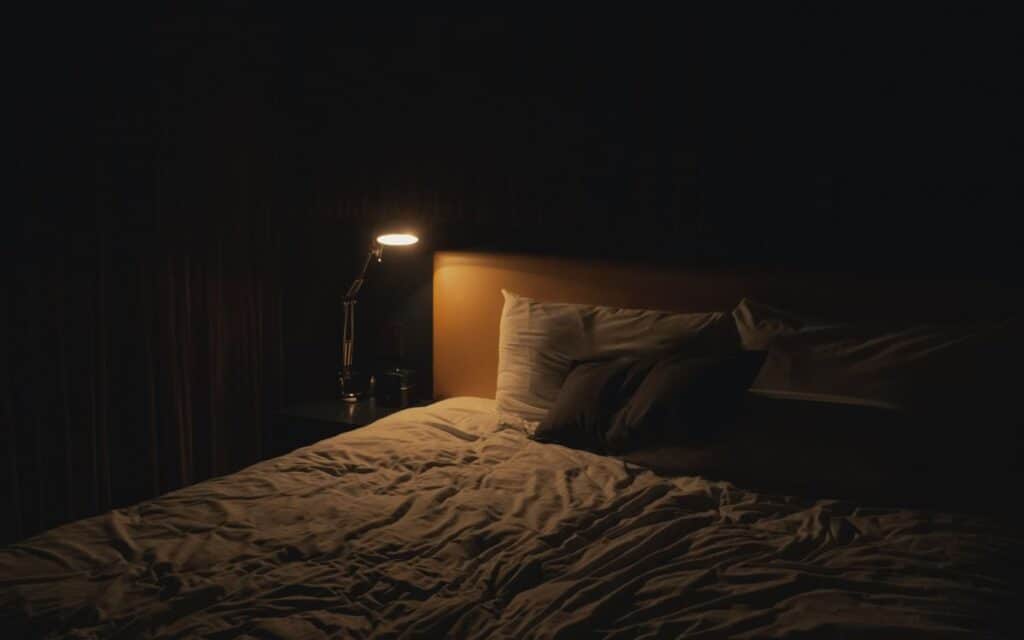
It could be possible that the strange woman the man kept seeing in his hotel room that night could have been a pauper patient still wandering her room… or could it be the wife of Dr Wooton, who was described as a ‘cruel and assertive woman’, still checking that her patients are still behaving?
Tell us your thoughts on this article about Haycock Lodge Asylum in the comments section below!
RACHAEL ELIZBABETH is a lover and writer of history, the paranormal and true crime. When she isn’t writing, she loves to read ghost stories, to tag along on paranormal investigations and to wander derelict graveyards.

